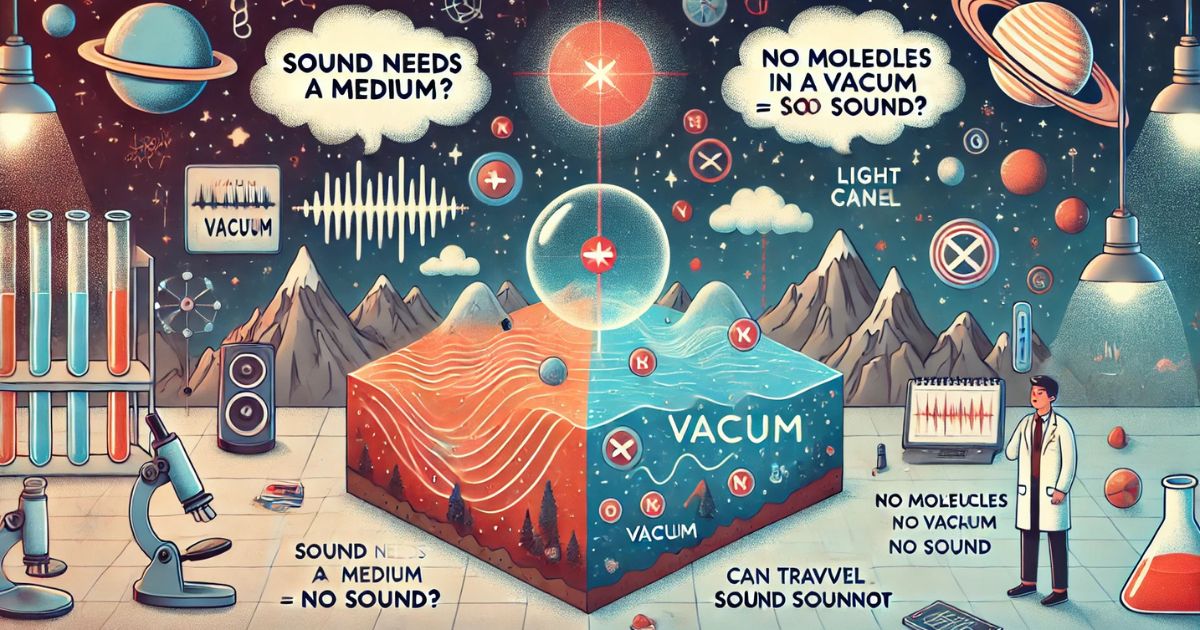Sound is a mechanical wave that propagates through the vibration of particles in a medium such as air, water, or solids. In a vacuum, where there are no particles, sound cannot travel. This principle explains why space is silent and why astronauts rely on radios to communicate.
Understanding Sound Propagation
Sound waves require a medium to travel. They move by causing particles in the medium to vibrate, transferring energy from one particle to the next. In gases, these are longitudinal waves where particles oscillate parallel to the direction of the wave. In solids, sound can also propagate as transverse waves. Without a medium, these vibrations cannot occur, and thus, sound cannot propagate.
The Nature of a Vacuum
A vacuum is a space devoid of matter, meaning there are no particles to facilitate the transmission of sound. In the vastness of outer space, which is a near-perfect vacuum, sound cannot travel. This is why explosions in space are silent, and why the famous movie tagline “In space, no one can hear you scream” holds true.
Experimental Demonstrations
Experiments have been conducted to demonstrate that sound cannot travel through a vacuum. One such experiment involves placing a ringing bell inside a sealed glass jar. As the air is gradually removed from the jar using a vacuum pump, the sound of the bell diminishes until it becomes inaudible, despite the bell still vibrating. This illustrates that without air (the medium), the sound cannot reach our ears.
Exceptions and Advanced Research
While traditional sound cannot travel through a vacuum, recent studies have explored phenomena where energy similar to sound can be transmitted across a vacuum under specific conditions. For instance, researchers have demonstrated that sound waves can “tunnel” through a vacuum gap between two piezoelectric materials. In this setup, vibrations in one material generate an electric field that can influence the second material across the vacuum, effectively transmitting the energy. However, this is not sound propagation in the traditional sense, as it involves electromagnetic interactions rather than mechanical vibrations.
Implications in Space Exploration
Understanding that sound cannot travel through a vacuum has practical implications in space exploration. Spacecraft and spacesuits must be equipped with communication systems that rely on electromagnetic waves, such as radio signals, to facilitate communication. Additionally, instruments designed to detect vibrations or “sounds” in space often rely on detecting electromagnetic signals or interpreting data in ways that simulate sound for analysis.
Conclusion
In summary, sound requires a medium to propagate, and in the absence of such a medium, as in a vacuum, sound cannot travel. While advanced research has uncovered methods to transmit energy across a vacuum that mimics certain aspects of sound transmission, these do not equate to traditional sound propagation. This fundamental understanding underscores the silent nature of space and informs the design of communication systems in vacuum environments.
—










